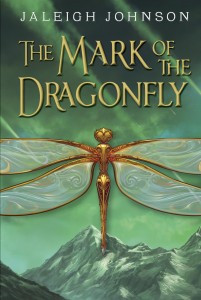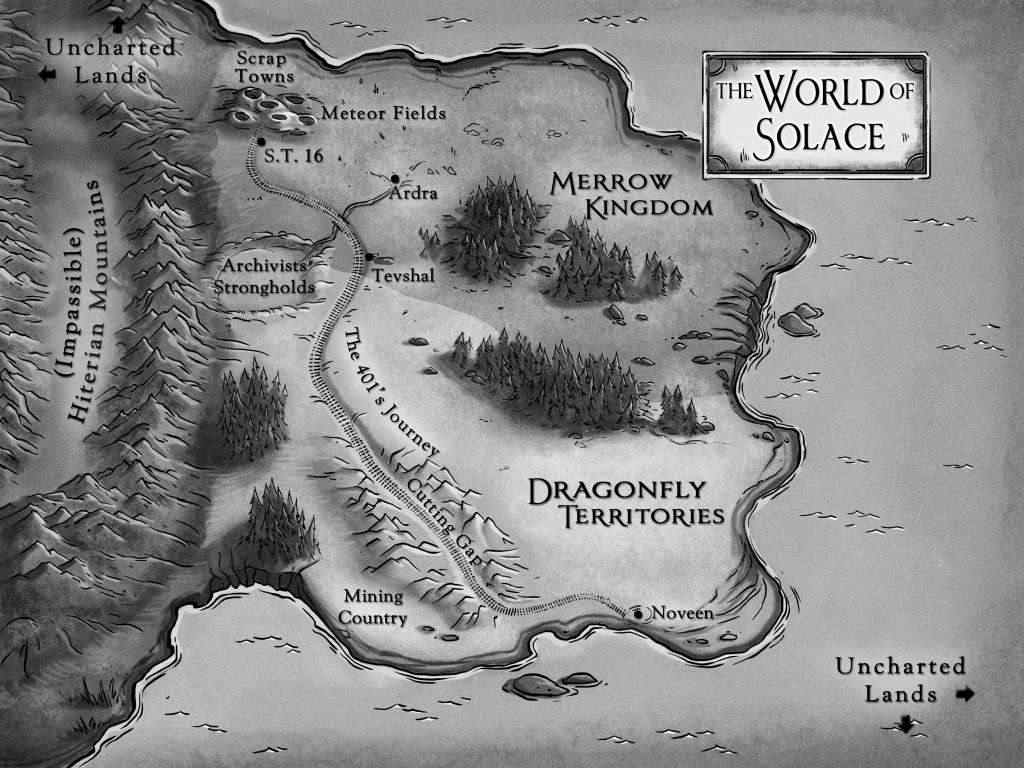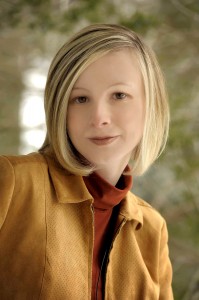Jaleigh Johnson | The Children’s Book Review | March 29, 2014
 I should start by saying that world building, where I get to create a fictional reality from the ground up, is one of my favorite parts of writing. It’s the foundation of a good story. Of course, you want a plot that keeps readers turning the pages—and amazing, memorable characters as well, but those characters also deserve a fully realized world to play around in.
I should start by saying that world building, where I get to create a fictional reality from the ground up, is one of my favorite parts of writing. It’s the foundation of a good story. Of course, you want a plot that keeps readers turning the pages—and amazing, memorable characters as well, but those characters also deserve a fully realized world to play around in.
For me, this process begins with a blank notebook and a pen. Okay, I admit, I’ll take almost any excuse to buy a new notebook or writing journal and flip through those crisp, blank pages. But this truly is an important step for me. It’s the brainstorming stage. Any idea, no matter how far-fetched, is fair game at this point.
When I started developing the world of Solace for The Mark of the Dragonfly, I knew a couple of things. First, I knew that the veil between worlds was thin, so that objects from other lands could pass through. But this brought up a ton of questions. Why does this phenomenon happen? Do the people of Solace know why? How do the objects come through—do they just fall from the sky at random, or is there a pattern to when and how they appear? I needed the answers to all of these questions before I could start writing: they were part of the rules of my world. And once I established the rules, I had to follow them or the story wouldn’t make sense.
The other thing I knew as I scribbled ideas down in my notebook was that the people of Solace needed to integrate these objects from other worlds into their daily lives. Again, more questions. What kind of objects would they find? Would the technologies they discovered be more in line with steampunk (pocket watches and steam engines) or belong to the modern era (televisions and smartphones)? I decided on a period roughly in line with earth in the mid- to late-nineteenth century.
Of course, while I was brainstorming and scribbling happily away in my notebook, I was purposely ignoring a crucial element to my world-building process, the only aspect of creating a fictional reality that I dread.
I knew that at some point I would have to draw a map.
Now, I know several writers who are also talented artists, and oh, how I envy them that skill. I am not an artist. At all. Seriously. But I still had many blank notebook pages staring up at me mockingly, so I eventually got up the courage to grab a box of colored pencils and attempt to draw a rough sketch of what Solace would look like. The results were pretty much as awful as I expected, but it didn’t matter, because now I could visualize my world. When I started writing, I would know exactly where my characters were in the world at all times.
Besides, I told myself, no one’s ever going to see my poorly drawn map.
At least until the day my editor asked me, innocently enough, “Hey, do you have a map of Solace we could put in the book?”
Fortunately, my panic at hearing that question was short-lived. My editor assured me that a far more talented artist than I would redraw the map and make it look wonderful. And she was right. Seeing that final map nestled in the front of my book was a moment I dreamed about when I first started writing. Everything came full circle for me when I saw my world—once just a collection of rough, scribbled ideas in a notebook—come to life. It was a magical feeling.

About the Author

Photo credit Mark Jones
JALEIGH JOHNSON is a lifelong reader, gamer, and moviegoer. She loves nothing better than to escape into fictional worlds and take part in fantastic adventures. She lives and writes in the wilds of the Midwest, but you can visit her online at www.jaleighjohnson.com or on Twitter @JaleighJohnson.
Add this book to your collection: The Mark of the Dragonfly, by Jaleigh Johnson
If you enjoyed this wonderful guest post “The Art of Creating Fictional Worlds,” written by Jaleigh Johnson (author of The Mark of the Dragonfly), be sure to check out more of writing tips and “art of” articles here:
